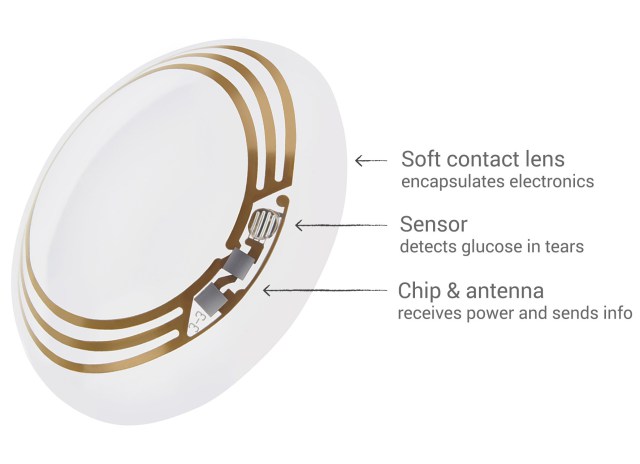This last week in class we
discussed wearable technology and its pros and cons in the wake of Google
Glass. However, we also discussed the
possible benefits of some types of wearable technology to a person’s
health. Below are some examples of this
wearable technology as well as a description of what each device does.
1. This
one was mentioned in class and its contact lenses that Google is working on to
check blood sugar levels of a person with diabetes. The contact lenses measure blood sugar levels
by using a small microchip embedded between two sheets of soft contact
material. The blood sugar can be
measured by using tears instead of finger pricks. The contact lenses measure blood sugar once
per second and can give early warnings on blood sugar levels. This can have a huge impact on the lives of
diabetes patients as early warnings could save vital organs from being damaged
when blood sugar drops.
2. Next
is an ECG armband being developed by a company called Nuubo. This arm band uses electrodes within the
armband so it’s noninvasive. It’s wearable
all the time and constantly records and transmits data on a patient’s heart
3. The
next product is made by a company called OM who is “weaving technology into
life.” The company has designed a biometric
shirt that fits tightly to a person’s body and not only helps with posture and
blood flow but measures a person’s stress levels, breathing rate, energy levels,
and a whole bunch of other biometrics. The
shirt uses an integrated black box to send data to a person’s smartphone. The shirt also can send alerts telling a
consumer to breathe more or deeper as well as to relax. Pre-order yours now
for only $200!!!
4. Next
comes a shoe insole made by the company Moticon. The insole is used for high profile athletes
recovering from surgery. It measures weight
bearing, balance, temperature, and acceleration and can even generate 3D models
of those measurements. This can help
with rehabilitating a patient to the highest level possible. The insole is completely self-contained and extremely
small.



No comments:
Post a Comment